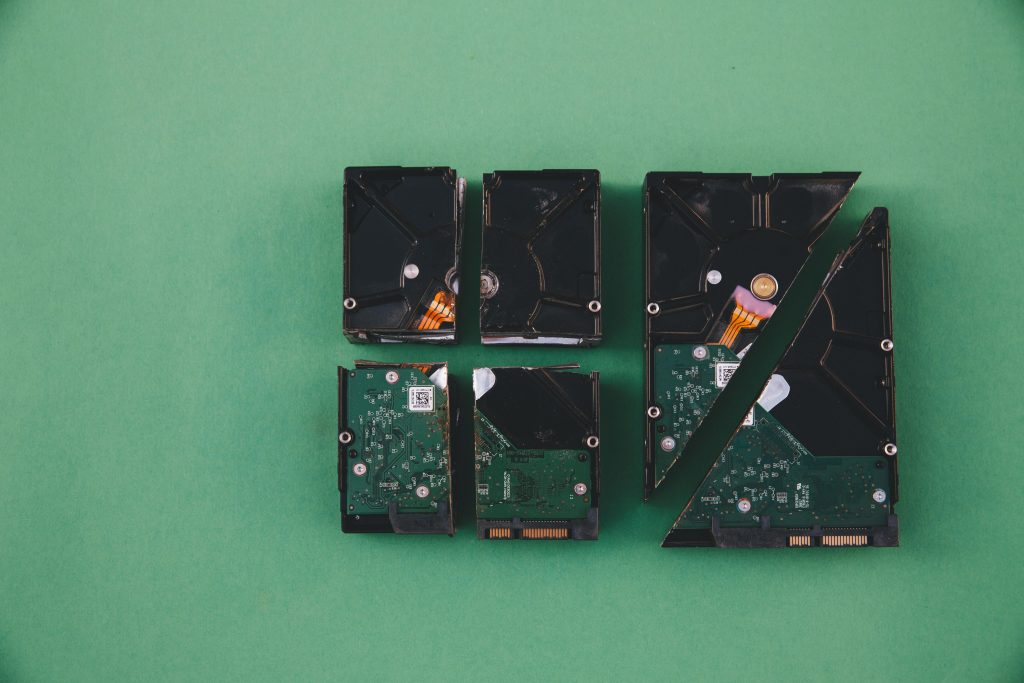The Importance of Regular Server Maintenance: A Cautionary Tale
In the world of technology, neglecting maintenance can lead to catastrophic outcomes. Recently, we encountered a sobering reminder of this when a customer’s server failed, leaving critical data stranded. Despite our consistent warnings over the past three years about the risks associated with the aging hardware, the inevitable happened.
Upon inspection, we discovered that not one, but both hard drives in the RAID 10 array had failed. The server’s LED indicators—normally a reliable source of information—were dim to the point of appearing burnt out. This served as a clear sign that the server had been operating well beyond its optimal lifespan.
Our initial efforts to reconstruct the RAID array were met with frustration, as the remaining drive had suffered extensive damage. The last backup, taken just two days prior, became our lifeline; however, the reality of potential corruption loomed large. It was a tough pill to swallow, knowing that significant portions of vital data might be lost.
Compounding the challenge, this server was running on Windows Server 2008, meaning we now face the daunting task of creating a new Active Directory. The migration of all computers to this new system will entail considerable labor—a cost that ultimately falls on the customer.
This situation raises an important question: Was it worth it for the customer to push their server to three times its average lifespan? Now, not only have they lost weeks of productivity, but they are also left waiting for a replacement server that needs to undergo setup procedures before installation.
The lesson here is clear: Investing in the maintenance and timely replacement of your company’s primary server is not just wise; it is essential. The additional cost of a new server can pale in comparison to the losses incurred from downtime and data loss.
As a final note, the condition of the server itself was quite alarming—it was one of the dirtiest we have encountered. It raised suspicions about the upkeep of the server room, and one has to wonder if someone might have been smoking in the vicinity. Such poor environmental conditions only serve to exacerbate the fragility of aging hardware.
In conclusion, regular maintenance, timely upgrades, and a clean working environment are key components to preserving your company’s technological backbone. Don’t wait for a crisis to act; take proactive steps to ensure your systems are secure and reliable.
Share this content:



